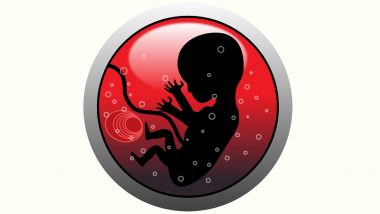Embryos are a key component of human development, and they play a crucial role in assisted reproductive technologies. An embryo is the early stage of development in multicellular organisms, following fertilization of an egg cell by a sperm cell. In humans, this stage begins around the second week of gestation and lasts until the end of the eighth week. There are so many things that people still wonder about embryo, so let's answer them today. Here are some frequently asked questions about embryos:
1. What is an embryo?
An embryo is the early stage of development of a multicellular organism. In humans, an embryo is formed after fertilization of an egg cell by a sperm cell. The resulting zygote undergoes multiple cell divisions, eventually forming a blastocyst, which is a structure consisting of an inner cell mass that will develop into the fetus and an outer layer of cells that will develop into the placenta.
2. What is a frozen embryo?
A frozen embryo, also known as a cryopreserved embryo, is an embryo that has been preserved at a very low temperature (usually around -196 degrees Celsius) to keep it in a state of suspended animation. This process allows embryos to be stored for long periods of time, often for years, without significant deterioration. Frozen embryos can be thawed and used in assisted reproductive procedures such as in vitro fertilization (IVF).
3. Are embryos fertilized?
Yes, embryos are the result of fertilization, which is the process by which a sperm cell fuses with an egg cell to form a zygote. This zygote then undergoes multiple cell divisions to form an embryo. In the context of assisted reproductive technologies like IVF, embryos are typically created in a laboratory through fertilization of an egg cell with a sperm cell outside the body.
4. How long can embryos be frozen?
Embryos can be frozen for extended periods of time, often for several years. The exact length of time embryos can be stored depends on various factors, including the specific freezing techniques used and the regulations of the country or region where the embryos are stored. Some countries have laws that specify the maximum allowable storage time for embryos.
5. What happens to unused embryos?
Unused embryos created through assisted reproductive technologies can be stored, donated to other couples for use in IVF, donated for research purposes, or discarded. The decision about what to do with unused embryos is typically made by the individuals or couples who created the embryos, often in consultation with their healthcare providers and in accordance with applicable laws and regulations.
6. Embryo Cryopreservation Meaning
Embryo cryopreservation is the process of preserving an embryo at sub-zero temperatures, generally at an embryogenesis stage corresponding to pre-implantation, that is, from fertilisation to the blastocyst stage.
Embryos are a critical part of human development and play a central role in assisted reproductive technologies. The ability to freeze and store embryos has revolutionized the field of reproductive medicine, offering new possibilities for individuals and couples looking to start or expand their families.
(The above story first appeared on LatestLY on May 13, 2024 06:51 PM IST. For more news and updates on politics, world, sports, entertainment and lifestyle, log on to our website latestly.com).













 Quickly
Quickly


